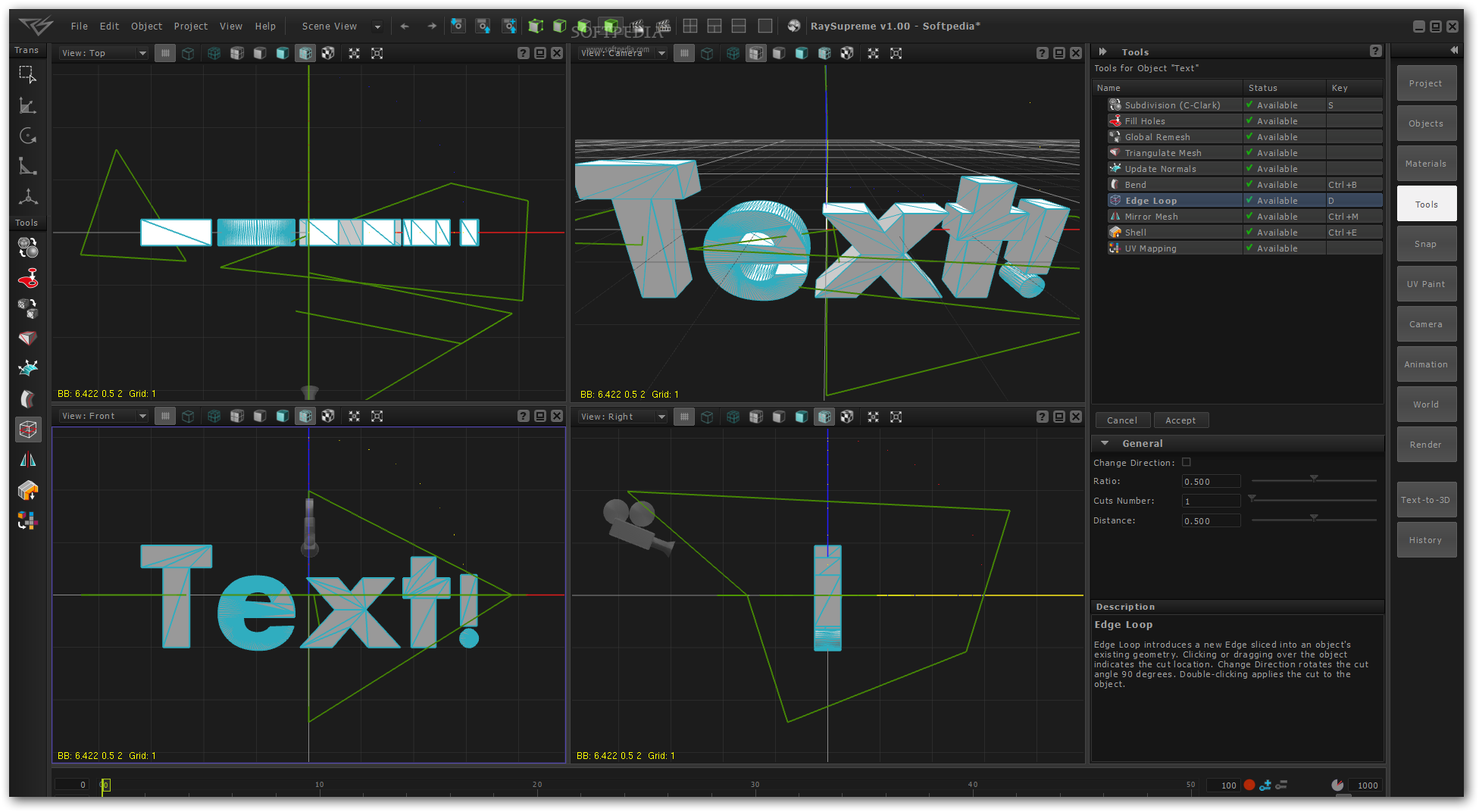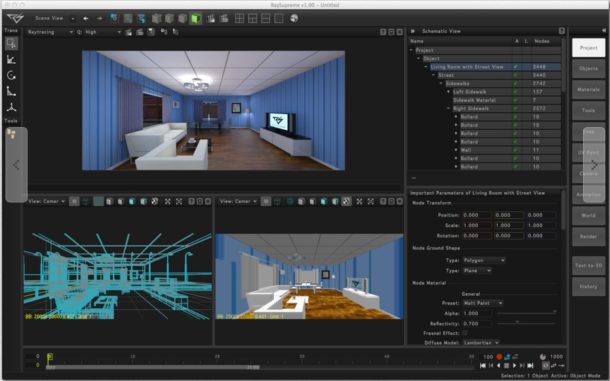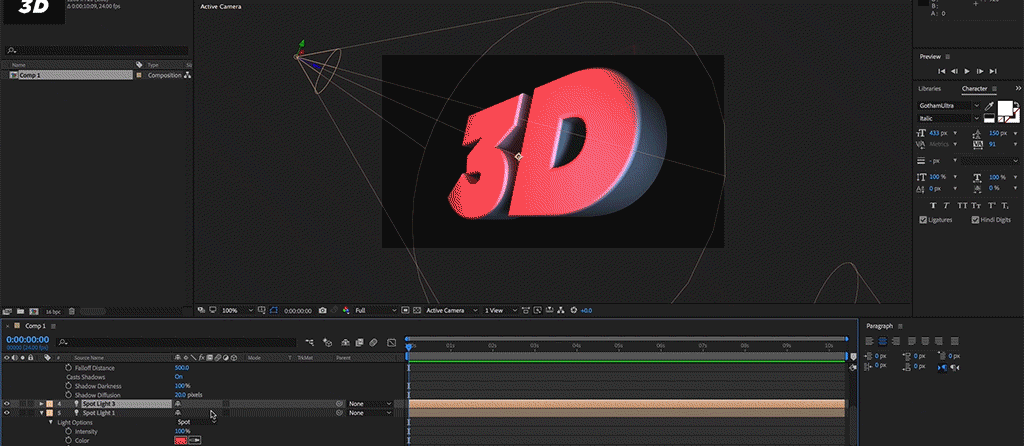

The machine included the first omni-font Optical Character Recognition software and was able to scan lines of text, one at a time, to recognise each character as it passed and then correct the order of the characters in its memory, determine the pronunciation of the resultant words according to pre-programmed phonological rules and articulate those words through a speech synthesizer. Ray Kurzweil, one of the world’s most famous futurists and recently a lead in engineering at Google, made his first marks with the Kurzweil Reading Machine, introduced in 1976. From his work on the vocoder, Homer Dudley developed a keyboard-operated voice synthesizer called The Voder (Voice Demonstrator), which he exhibited at the 1939 New York World’s Fair. In the 1930s, Bell Labs developed the vocoder, which automatically analyzed speech into its fundamental tone and resonances. Bell’s experiments and research ultimately led to his invention of the telephone in 1876. After viewing Wheatstone’s improved replica of the Speaking Machine at an exposition, Alexander Graham Bell set out to construct his own speaking machine. Wheatstone was able to further analyse and synthesize components of acoustic speech, giving rise to a second wave of interest and study in the field of phonetics. In 1837, Sir Charles Wheatstone resurrected his work by creating an improved replica of his Speaking Machine. In 1791 he published “The Mechanism of Human Speech with a Description of a Speaking Machine.” Soon after the completion and exhibition of his Speaking Machine von Kempelen died, in 1804. In 1769, author and inventor Wolfgang von Kempelen began work on a functional mechanical representational model of the human vocal tract. Now, BrainDistrict is creating a niche for rendering 3D visuals by text.Before we delve into the interesting and innovative technology that facilitates everything from rendering a book into visualisations to creating 3D printable output with mere words, let’s take a journey back through time to the origins of creating devices that turn one form of communication into another. Positively, the past few years have seen many innovative solutions to this problem: from lego style building blocks to direct motion extrusion, parametric input to web based G-Code. On the other hand, when a desktop 3D printer user wishes to create a design themselves, current 3D CAD / Design software ranges from simple (less functional) programs that a person can pick up within a few days, to complex, engineering programmes that are virtually inaccessible for the masses who simply do not have the time to engage in learning. The most populated of these, Thingiverse and Sketchfab, contain over 100,000.
#Raysupreme 3d text to 3d download#
On one hand there are myriad three dimensional file repositories out there with huge numbers of free files to download and 3D print. Words input become visual 3D output.Īccessibility to 3D Computer Aided Design (CAD) is one of the most cited obstacles to the proliferation of desktop 3D printing.

BrainDistrict has created an in-depth 3D rendering and modelling package called Text-to-3D (TT3D) within its RaySupreme Computer Aided Design program as an accessibility solution with a range of applications. Now, technological progress has reached the point where text-to-3D is with us.

It was but a few decades ago that text to speech became a functionally useful reality.

Our smartphones read our text messages to us and respond to our verbal commands, already we tend to think nothing of it.


 0 kommentar(er)
0 kommentar(er)
